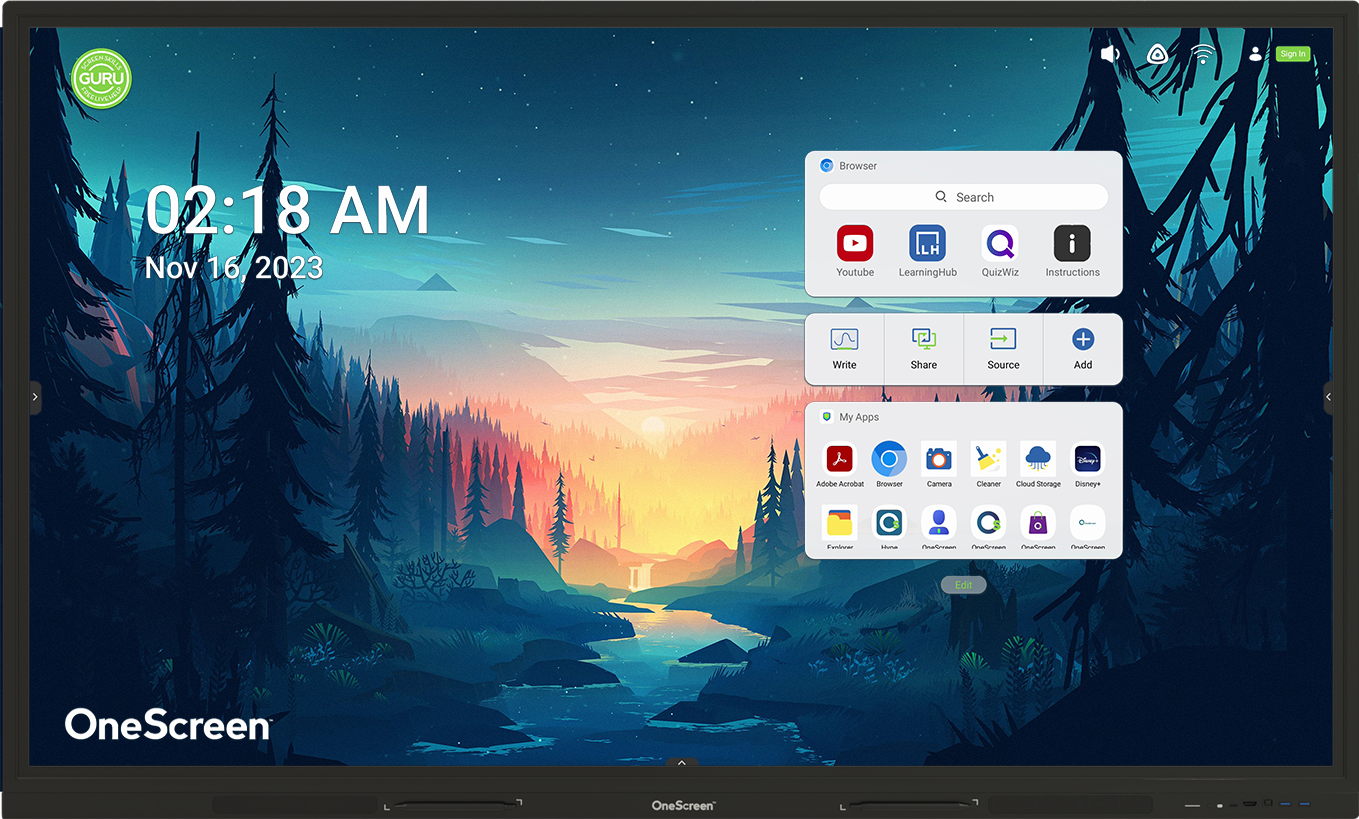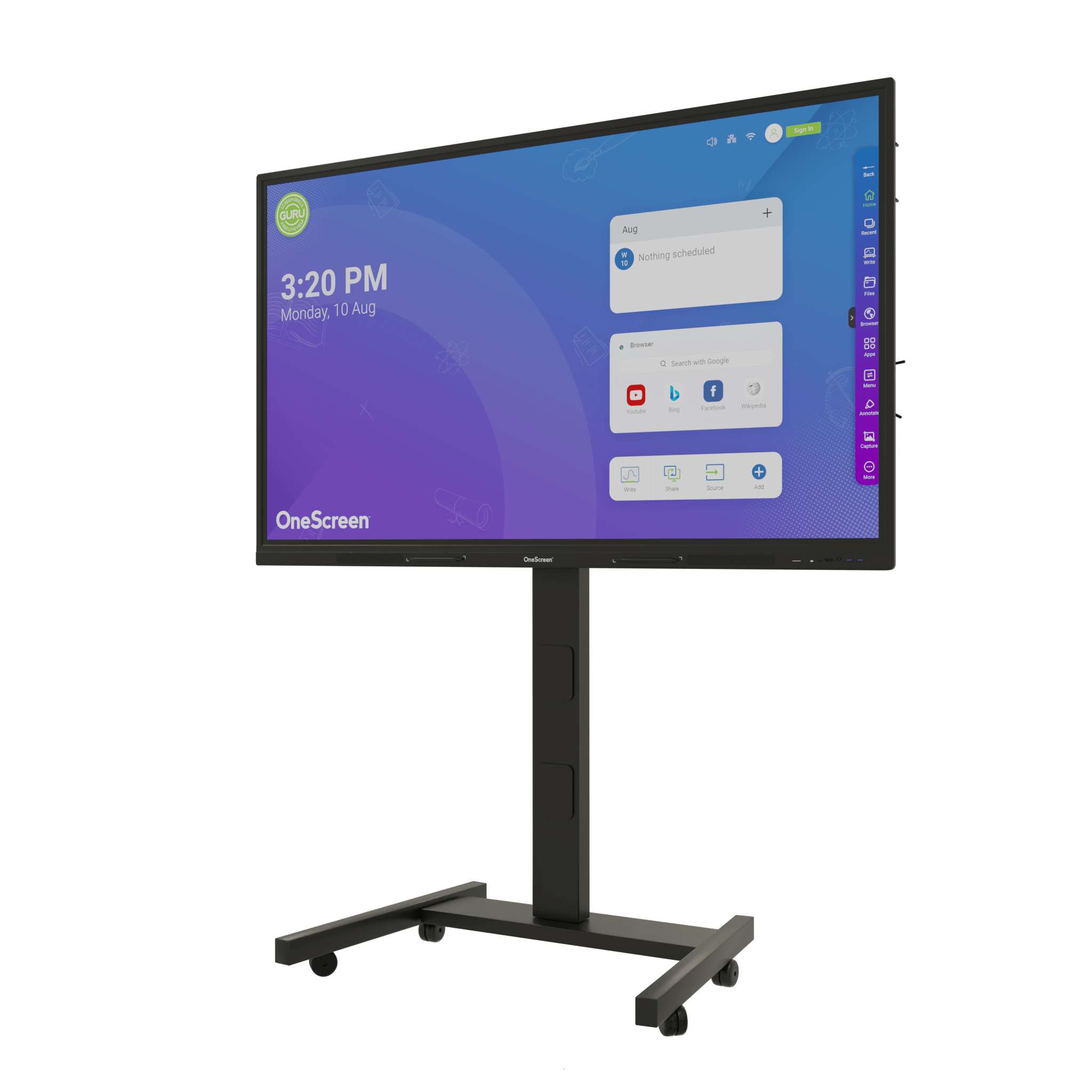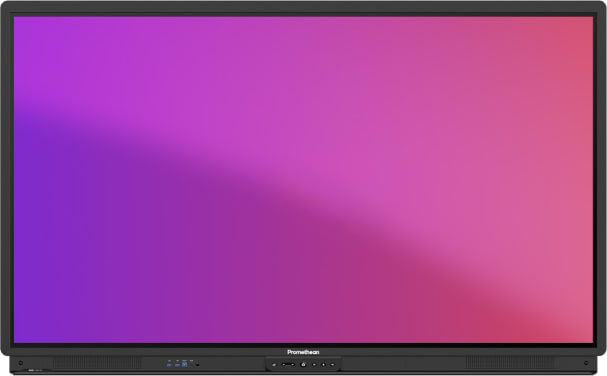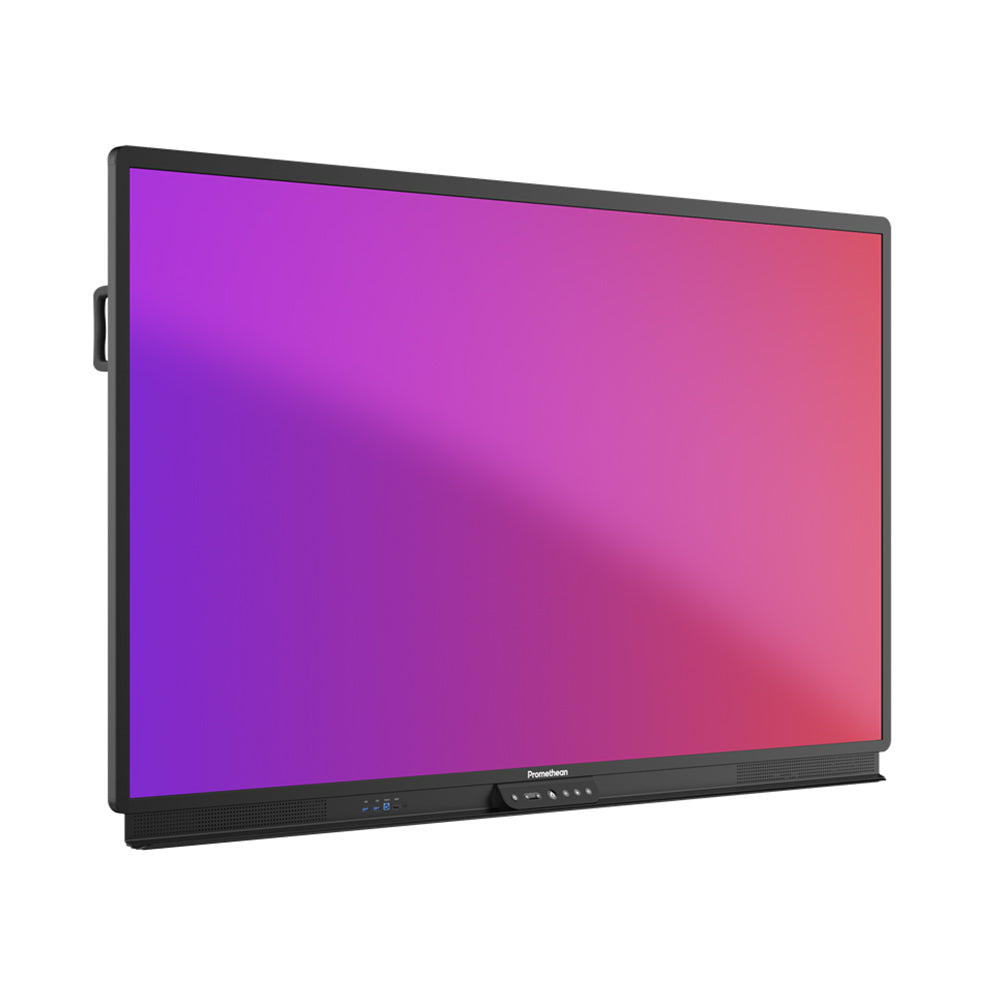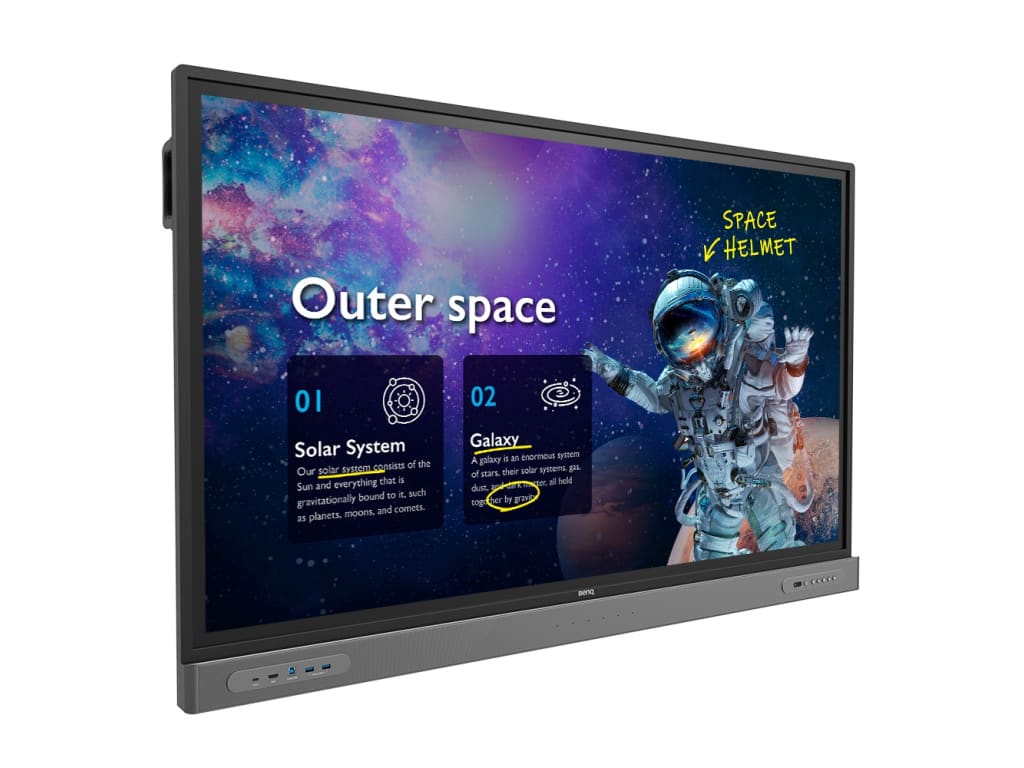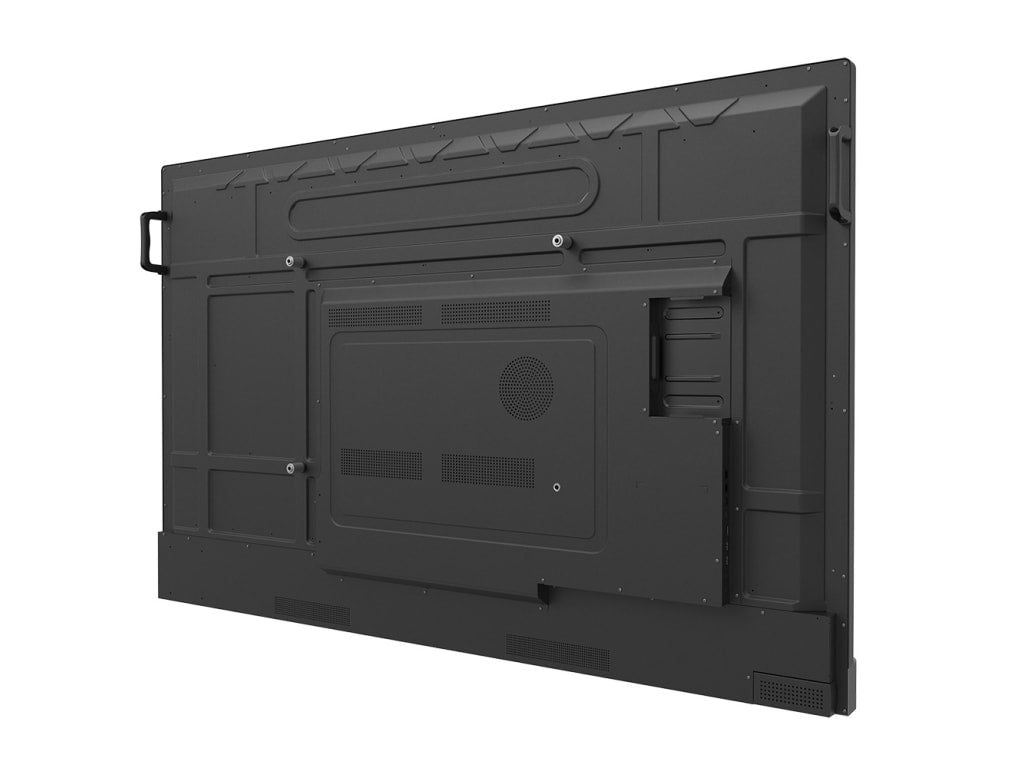Podcast - Smarter Learning With Interactive Screens
Building the Foundation for Future Learning
Today’s first graders will enter a digital-first workforce. But early learning isn't about screen time for its own sake. At the primary level, technology must support creativity, literacy, and curiosity, not distract from them. Interactive screens are transforming primary classrooms into dynamic, student-centered learning environments when chosen wisely.
This blog explores what makes interactive displays suitable for young learners, highlights real use cases from K–5 settings, and recommends trusted models designed for early education.
The Unique Needs of Primary School Students
Early learners process information differently. They learn best through play, physical interaction, and visual engagement. Their attention spans are shorter, and their fine motor skills are still developing. That’s why interactive screens for primary schools must be intentionally designed to support their cognitive and physical development.
Interactive displays that respond instantly to touch, feature simplified layouts, and enable creative activities can improve participation and comprehension in remarkable ways. The goal isn't to digitize the classroom, but to make it more inclusive and adaptable for young minds.
What Makes an Interactive Screen Perfect for Primary Grades
Choosing a screen designed for high school or corporate environments won't work in a kindergarten classroom. Schools should focus on features that enhance accessibility, safety, and engagement for younger students.
- Simple navigation and large, colorful icons for early learners
- Fast, low-latency touch response for small hands and group interaction
- Eye-care technology with blue light filtering and flicker reduction
- Durable materials like anti-glare tempered glass and germ-resistant coatings
- Flexible mounting or mobility to fit various classroom layouts
Top Interactive Screens Designed for Primary Classrooms
Based on the needs of young learners, here are three interactive display models that deliver age-appropriate functionality, durability, and simplicity for K–5 classrooms.
OneScreen TL7 75" Interactive Touchscreen
For schools looking for an easy-to-deploy, classroom-ready display, the OneScreen TL7 is an excellent fit. This 75-inch panel provides a spacious canvas for collaboration while keeping interaction simple and responsive.
It supports 40-point multi-touch, runs Android 11, and comes preloaded with tools like whiteboarding, a web browser, and file management apps. Screen sharing apps like OneScreen Share allow multi-device screen share and streaming along with wireless screen sharing and HDMI connectivity. The screen is anti-glare and ready for wall mounting, making it flexible for different classroom setups while leveraging the powerful admin and IT tools for efficient classroom management.
Promethean ActivPanel 9 65" Interactive Panel
Built with input from educators, the Promethean ActivPanel 9 offers a reliable, education-specific interface ideal for early-grade learning.
It comes with classroom tools like an instant whiteboard, timer, spinner, and annotation layer. The ergonomic design includes proximity sensors and palm rejection for natural interaction, while its remote management capabilities allow IT staff to maintain control across multiple classrooms.
BenQ RM6503 65" Interactive Screen
Designed for health-conscious classrooms, the BenQ RM6503 balances safety features with a responsive, collaborative interface.
Its 4K display supports 40 touch points and features TÜV-certified low blue light and flicker-free technology to reduce eye strain. Teachers can use the smart whiteboard with handwriting recognition and shape drawing tools, while students can wirelessly cast content to the screen using BenQ’s InstaShare app. The antimicrobial, germ-resistant screen is ideal for daily use in shared environments.
Enhancing Core Skills Through Interactive Learning
When properly integrated, interactive displays become powerful tools for reinforcing foundational skills in fun, hands-on ways.
- Reading and phonics activities benefit from visual storytelling tools and sound-based apps
- Math games and manipulatives can be digitized for group problem-solving
- Language and communication development is supported by multimedia narration, drawing, and peer collaboration
- Fine motor skills are strengthened through touch-based puzzles and digital tracing
Giving Teachers the Confidence to Innovate
One of the biggest success factors in adopting interactive screens is teacher readiness. Even the best display won’t make an impact unless teachers feel comfortable using it.
- Professional development should include example lesson templates and short-form training
- Systems should be intuitive enough for teachers to experiment without needing technical support
- Time-saving features like screenshot capture, annotation, and split-screen mode should be emphasized
Empowered teachers create empowered classrooms. Screens should simplify instruction, not complicate it.
Prioritizing Student Health and Classroom Safety
Because interactive displays are handled daily by young children, health and safety considerations are essential.
- Blue light reduction helps protect developing eyes
- Anti-glare surfaces maintain visibility in all lighting
- Proper installation height ensures accessibility for all students
- Antimicrobial screen coatings minimize germ spread in group environments
What a Day Looks Like with Interactive Screens
Real-World Application in a Primary Classroom
At Donna ISD, Ms. Gomez uses the Interactive touchscreen to begin her first-grade literacy block. An animated storybook fills the screen as students take turns tapping words while the class sounds them out together. The built-in spinner tool is later used for group reading games, encouraging participation from even the shyest students.
At Pepin Academies, a second-grade math class led by Mr. Lewis transforms the Interactive screen into an interactive game board. Students engage with digital counters, solve number puzzles on the whiteboard app, and celebrate correct answers with animated feedback all without leaving their seats.
In a collaborative art session at Kermit Independent School District, the Interactive flat panel supports creativity and group work. Students wirelessly cast their drawings to the screen for a digital class mural. As they describe their artwork, classmates respond with questions and encouragement. With its responsive touch and eye-safe display, the screen becomes a shared space for communication, creativity, and connection.
Why It All Comes Down to the Right Choice
Interactive screens that are purpose-built for education create classrooms where students feel seen, heard, and excited to participate. When children can touch, explore, and learn on their own terms, they build not just knowledge but confidence. For primary schools, investing in the right panel means investing in confident learners, collaborative classrooms, and a better foundation for future education. Administrators and educators alike should invest in screens that understand young learners, starting with models that put safety, simplicity, and imagination at the forefront.
Explore our full range of Interactive Touchscreens
Need Help Finding the Right Interactive Display?
Our team of experts is here to guide you. We understand every learning environment has unique requirements. Whether for a classroom or a conference room, contact us for a personalized consultation or quote or call us at (800) 992-5279 to find the perfect fit for your school.





